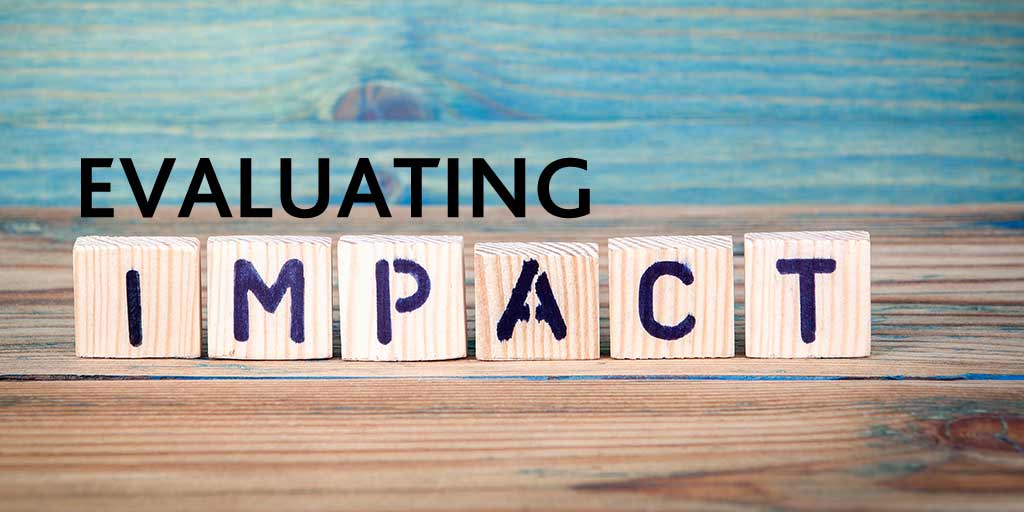Data: a silver lining
It was inevitable: the school closures were going to present more than a few challenges for children, parents and teachers. The challenges, however,...

Login | Support | Contact us
Kate Bailey : Dec 7, 2017 12:20:00 PM
2 min read

The Queen’s speech after this year’s general election pledged to deliver fairer funding for schools, building on the national funding formula consultation that closed in March this year.
If government believes that the way schools use their money is the key to delivering the best outcomes for pupils, what decisions can schools take that will make the most of their financial resources?
Last week I attended the annual conference of the Publishers Association and BESA. The theme for the conference was “Creative and Effective Use of Learning Resources”.
My colleague on the panel, John Blake (Head of Education and Social Reform at Policy Exchange) is a brave man. In his recent blog post, he suggested that ‘Our schools do not need more money.’
Whereas, the NUT thinks the lack of it is putting pupils at risk.
So, how can schools be sure that their procurement and resourcing decisions will make the most of their financial resources, and how can they be sure they have the impact where it is needed?
You might predict my response to this question. We need to look to evidence of efficacy.
We know that improving pupil outcomes is what matters.
But there is a baffling array of so-called evidence-based educational resources available across the whole ‘industry’ that claim to improve outcomes.
However, by keeping what matters in mind and carefully evaluating the evidence, I would suggest some fundamental guidelines:
There are some reliable and trusted organisations whose research can point you in the right direction. These organisations are making it their job to make evidence accessible to teachers and accessible in a way that helps them to target scarce resources where it can have the most impact.
What began with the EEF’s Teaching and Learning Toolkit, looking at how to make sure the pupil premium is spent effectively, has become a whole evidence-based movement, including organisations like The Research Schools Network, Evidence Based Education, the Chartered College of Teaching, and the Institute for Effective Education.
They all provide a window into the world of research and they all encourage the consumption of evidence by teachers and school leaders.
However, it isn’t all about consumption of research evidence. Once you have identified something that looks promising, there is still the issue of whether it works in your school, with your pupils and with your particular set of challenges.
And that’s where schools need to get involved in the production of evidence too.
You don’t have to be an academic to evaluate evidence. The EEF’s DIY evaluation guide offers an easy to access guide to support teachers in how to evaluate their own interventions or use of resources.
The guide outlines a range of options open to teachers who want to improve the way they evaluate new interventions or strategies and provides practical advice on designing and carrying out evaluations.
DIY evaluation is useful for three reasons:
Whatever the state of funding in school, it is always going to be less than we think we need and we have a responsibility to spend it wisely and to spend it on what matters: improving pupil outcomes.
However, we know that the CPD that has a positive impact on learners should be intense, sustained, content focussed, active, supported and evidence-based.
This is a great way to find out from others what works and be sure that the resources or ideas have already been tried out.

It was inevitable: the school closures were going to present more than a few challenges for children, parents and teachers. The challenges, however,...

Each year, the education system spends astonishing amounts of money on implementing educational initiatives which often yield only negligible impact...

Sue Holt has extensive experience in international education, holding various posts over 30 years including Deputy Head (Curriculum), Head of...